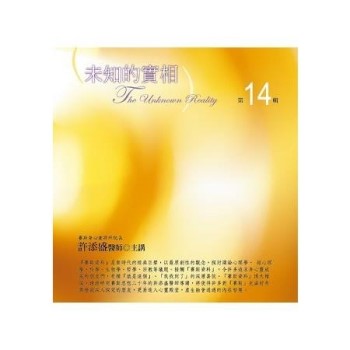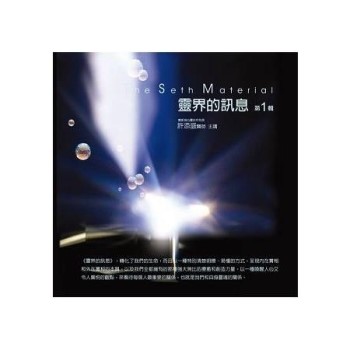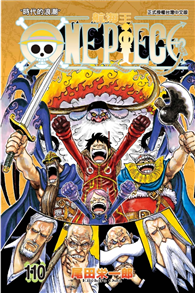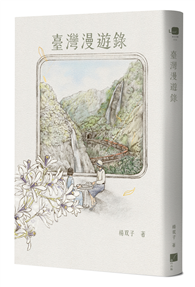Through the Looking-Glass, and What Alice Found There (1871) is a novel by Lewis Carroll (Charles Lutwidge Dodgson), the sequel to Alice’s Adventures in Wonderland (1865). Set some six months later than the earlier book, Alice again enters a fantastical world, this time by climbing through a mirror into the world that she can see beyond it. Through the Looking-Glass includes such celebrated verses as "Jabberwocky" and "The Walrus and the Carpenter", and the episode involving Tweedledum and Tweedledee. The mirror which inspired Carroll remains displayed in Charlton Kings.Plot summary: Chapter One - Looking-Glass House: Alice is playing with a white kitten (who she calls "Snowdrop") and a black kitten (who she calls "Kitty")-the offspring of Dinah, Alice’s cat in Alice’s Adventures in Wonderland-when she ponders what the world is like on the other side of a mirror’s reflection. Climbing up onto the fireplace mantel, she pokes at the wall-hung mirror behind the fireplace and discovers, to her surprise, that she is able to step through it to an alternative world. In this reflected version of her own house, she finds a book with looking-glass poetry, "Jabberwocky", whose reversed printing she can read only by holding it up to the mirror. She also observes that the chess pieces have come to life, though they remain small enough for her to pick up. Chapter Two - The Garden of Live Flowers: Upon leaving the house (where it had been a cold, snowy night), she enters a sunny spring garden where the flowers can speak; they perceive Alice as being a "flower that can move about". Elsewhere in the garden, Alice meets the Red Queen, who is now human-sized, and who impresses Alice with her ability to run at breathtaking speeds. This is a reference to the chess rule that queens are able to move any number of vacant squares at once, in any direction, which makes them the most "agile" of pieces. Chapter Three - Looking-Glass Insects: The Red Queen reveals to Alice that the entire countryside is laid out in squares, like a gigantic chessboard, and offers to make Alice a queen if she can move all the way to the eighth rank/row in a chess match. This is a reference to the chess rule of Promotion. Alice is placed in the second rank as one of the White Queen’s pawns, and begins her journey across the chessboard by boarding a train that literally jumps over the third row and directly into the fourth rank, thus acting on the rule that pawns can advance two spaces on their first move................. Charles Lutwidge Dodgson ( 27 January 1832 - 14 January 1898), better known by his pen name Lewis Carroll, was an English writer, mathematician, logician, Anglican deacon, and photographer. His most famous writings are Alice’s Adventures in Wonderland, its sequel Through the Looking-Glass, which includes the poem "Jabberwocky", and the poem The Hunting of the Snark - all examples of the genre of literary nonsense. He is noted for his facility at word play, logic and fantasy. There are societies in many parts of the world dedicated to the enjoyment and promotion of his works and the investigation of his life. From a young age, Dodgson wrote poetry and short stories, contributing heavily to the family magazine Mischmasch and later sending them to various magazines, enjoying moderate success... Sir John Tenniel (28 February 1820 - 25 February 1914) was an English illustrator, graphic humourist, and political cartoonist prominent in the second half of the 19th century. He was knighted for his artistic achievements in 1893. Tenniel is remembered especially as the principal political cartoonist for Punch magazine for over 50 years, and for his illustrations to Lewis Carroll’s Alice’s Adventures in Wonderland (1865) and Through the Looking-Glass, and What Alice Found There (1871)....
| FindBook |
有 1 項符合
Through the Looking-Glass, and What Alice Found There (1871). by: Lewis Carroll, Illustrated By: John Tenniel (1820-1914): (Children’’s Book ), Illustr的圖書 |
 |
Through the Looking-Glass, and What Alice Found There (1871). by: Lewis Carroll, Illustrated By: John Tenniel (1820-1914): (Children’’s Book ), Illustr 作者:Tenniel 出版社:Createspace Independent Publishing Platform 出版日期:2017-11-06 語言:英文 規格:平裝 / 106頁 / 25.4 x 20.29 x 0.56 cm / 普通級/ 初版 |
| 圖書館借閱 |
| 國家圖書館 | 全國圖書書目資訊網 | 國立公共資訊圖書館 | 電子書服務平台 | MetaCat 跨館整合查詢 |
| 臺北市立圖書館 | 新北市立圖書館 | 基隆市公共圖書館 | 桃園市立圖書館 | 新竹縣公共圖書館 |
| 苗栗縣立圖書館 | 臺中市立圖書館 | 彰化縣公共圖書館 | 南投縣文化局 | 雲林縣公共圖書館 |
| 嘉義縣圖書館 | 臺南市立圖書館 | 高雄市立圖書館 | 屏東縣公共圖書館 | 宜蘭縣公共圖書館 |
| 花蓮縣文化局 | 臺東縣文化處 |
|
|
圖書介紹 - 資料來源:博客來 評分:
圖書名稱:Through the Looking-Glass, and What Alice Found There (1871). by: Lewis Carroll, Illustrated By: John Tenniel (1820-1914): (Children’’s Book ), Illustr
|











